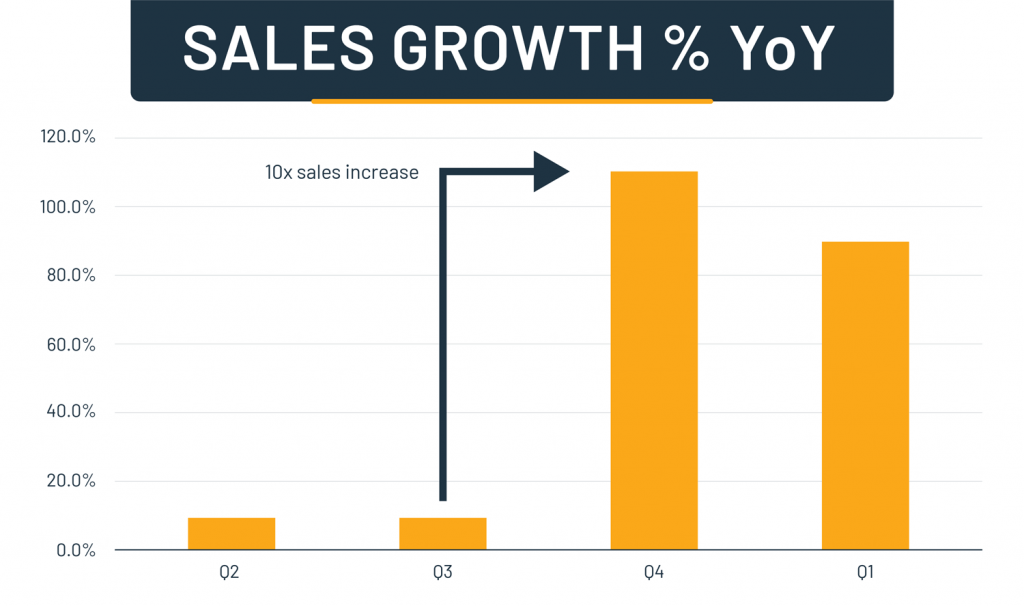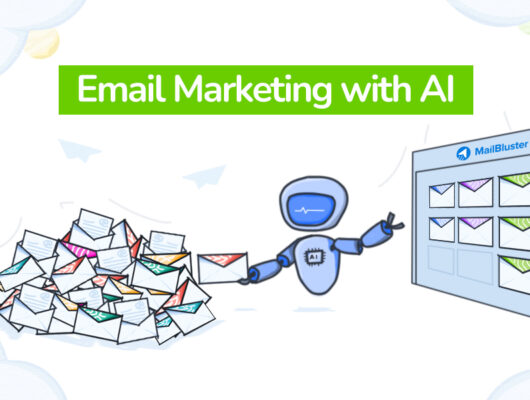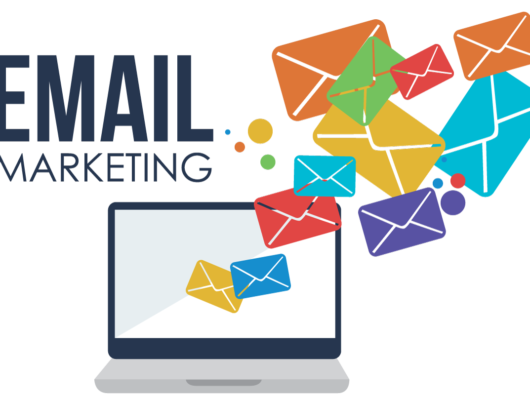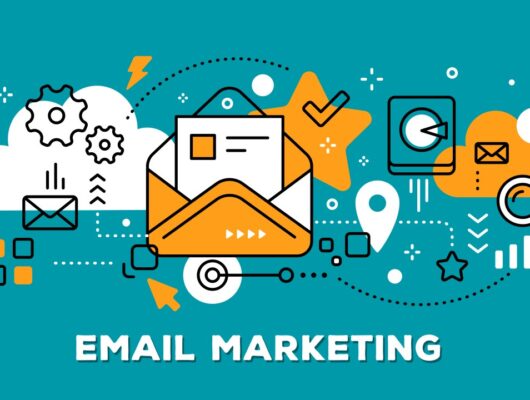In the fast-paced world of e-commerce, the key to growth lies in the ability to attract, engage, and convert customers. Whether you’re running a small online store or a large-scale e-commerce operation, there are always ways to boost sales and stay ahead of the competition.
If you’re looking for strategies to increase your e-commerce sales, this article will provide actionable tips that can drive revenue growth, improve customer satisfaction, and help you scale your business.
1. Optimize Your Website for Conversions
Your website is the virtual storefront of your e-commerce business, and it must be designed to convert visitors into customers. Optimizing the user experience (UX) can significantly increase your sales.
- Improve website speed: Slow loading times can lead to high bounce rates. Ensure your site loads quickly on both desktop and mobile devices by compressing images, using faster hosting, and minimizing unnecessary scripts.
- Simplify the checkout process: A long or complicated checkout process can deter customers. Make it as simple as possible by reducing the number of steps and offering guest checkout options.
- Clear calls to action (CTAs): Use prominent and compelling CTAs on product pages, landing pages, and throughout the shopping process. Phrases like “Add to Cart” or “Shop Now” should stand out visually and encourage action.
2. Leverage Social Proof
Social proof, such as customer reviews, ratings, and testimonials, plays a significant role in building trust and convincing potential customers to make a purchase.
- Display product reviews: Ensure your product pages feature customer reviews and ratings. Positive reviews give shoppers confidence in their purchasing decisions.
- Showcase user-generated content (UGC): Encourage customers to share their experiences on social media and feature their photos on your website and marketing materials. This adds authenticity and helps build credibility.
- Include expert endorsements: If relevant, work with influencers or industry experts to endorse your products, whether through paid collaborations or affiliate marketing programs.
3. Implement Upselling and Cross-Selling Techniques
Upselling and cross-selling are effective sales strategies that can increase the average order value (AOV) of your customers.
- Upselling: Encourage customers to purchase a higher-end version of the product they’re considering. For example, if they’re buying a basic phone case, offer a premium case with additional features at a small discount.
- Cross-selling: Suggest complementary products that go well with the item the customer is already purchasing. For example, if they’re buying a laptop, offer accessories like a laptop bag, mouse, or keyboard.
- Bundle offers: Create product bundles that offer a discount when customers purchase a set of related items. This can increase your AOV while providing customers with more value.
4. Offer Time-Sensitive Promotions
Creating a sense of urgency is a powerful tactic for encouraging immediate purchases. Time-sensitive promotions can motivate hesitant customers to act quickly.
- Flash sales: Run limited-time flash sales that offer significant discounts for a short period. Flash sales create a sense of urgency and can help boost traffic and sales within a specific time frame.
- Countdown timers: Use countdown timers on your product pages or checkout pages to show how much time is left before a sale or promotion ends.
- Seasonal and holiday discounts: Take advantage of holidays or seasonal events to offer special discounts or limited-edition products. For example, offer discounts during Black Friday, Cyber Monday, or back-to-school sales.
5. Improve Mobile Shopping Experience
With mobile commerce on the rise, it’s essential to ensure your e-commerce site is fully optimized for mobile devices. In fact, many users now prefer shopping on their smartphones, and an optimized mobile experience can significantly impact your sales.
- Responsive design: Make sure your website is fully responsive, meaning it adapts to different screen sizes, from smartphones to tablets and desktop computers.
- Simplify navigation: On mobile, ease of navigation is crucial. Ensure your menu is intuitive and that product pages are easy to scroll through, with clear buttons and options.
- Mobile payment options: Offer mobile-friendly payment methods such as Apple Pay, Google Pay, and one-click checkout options to make the process as simple and quick as possible for mobile shoppers.
6. Utilize Email Marketing
Email marketing remains one of the most effective ways to communicate with your customers, nurture leads, and drive sales. By sending personalized, targeted messages, you can increase customer engagement and generate repeat business.
- Abandoned cart emails: Send automated emails to remind customers who’ve abandoned their shopping carts to complete their purchase. Offering a small discount or incentive can encourage them to return and finish their transaction.
- Personalized recommendations: Use customer data to send personalized product recommendations based on previous purchases or browsing history. This helps make your emails more relevant and likely to lead to sales.
- Exclusive offers for subscribers: Reward your email subscribers with exclusive deals, early access to sales, or members-only promotions. This encourages loyalty and increases the chances of repeat purchases.
7. Expand Your Product Range
Diversifying your product offerings can help attract a broader audience and meet the evolving needs of your customers. However, you should always ensure that new products align with your brand and existing product lines.
- Introduce new categories: Consider expanding into new product categories that complement your existing products. For example, if you sell fitness equipment, you could introduce workout apparel or nutrition supplements.
- Seasonal products: Offer seasonal products that appeal to customers at different times of the year. This could include holiday-themed items, summer accessories, or winter gear.
- Limited edition products: Create a sense of exclusivity by offering limited-edition products that are only available for a short time or in limited quantities.
8. Focus on Customer Retention
Customer retention is often more cost-effective than acquiring new customers. Building a loyal customer base can help you generate consistent sales over time.
- Loyalty programs: Reward customers for their continued business by offering a loyalty program. Points earned through purchases can be redeemed for discounts, free products, or exclusive offers.
- Engage with customers post-purchase: Stay in touch with customers after they’ve made a purchase. Send follow-up emails to ask for reviews, provide product care tips, or suggest additional items they may be interested in.
- Offer excellent customer service: Provide exceptional customer service through multiple channels (email, chat, social media, etc.). Address any issues quickly and effectively to build trust and satisfaction.
9. Invest in Retargeting Ads
Retargeting ads allow you to reconnect with potential customers who have previously visited your website but didn’t make a purchase. These ads can be highly effective in nudging customers to complete their transaction.
- Dynamic retargeting: Show customers ads featuring the exact products they viewed or added to their cart. Personalized ads are more likely to resonate with the user and prompt them to return to your site.
- Ad frequency: Avoid overwhelming customers with too many ads. Instead, show retargeting ads strategically to keep your brand top-of-mind without being intrusive.
10. Optimize for SEO
Search engine optimization (SEO) is crucial for driving organic traffic to your e-commerce site. The higher you rank on search engine results pages (SERPs), the more visible your products will be to potential customers.
- Keyword optimization: Research and use relevant keywords on your product pages, category pages, and blog posts. Target both broad and long-tail keywords that are relevant to your products.
- Create high-quality content: Develop engaging content that provides value to your audience. Product guides, tutorials, and how-to articles can help improve SEO while answering customers’ questions.
- Optimize for voice search: As voice search becomes more popular, optimize your content for conversational queries. Focus on long-tail, natural language keywords that people might use in voice search.
Conclusion
Increasing e-commerce sales is a combination of optimizing your website, creating compelling offers, and providing an excellent customer experience.
By implementing these strategies—ranging from improving your website’s user experience to utilizing email marketing, retargeting, and upselling—you can drive more traffic to your site, convert visitors into customers, and boost your sales.
Remember, the most successful e-commerce businesses are those that continuously optimize their processes, adapt to changing trends, and deliver exceptional value to their customers.
Keep testing, refining, and innovating to ensure your e-commerce store stays ahead of the competition and continues to grow.







